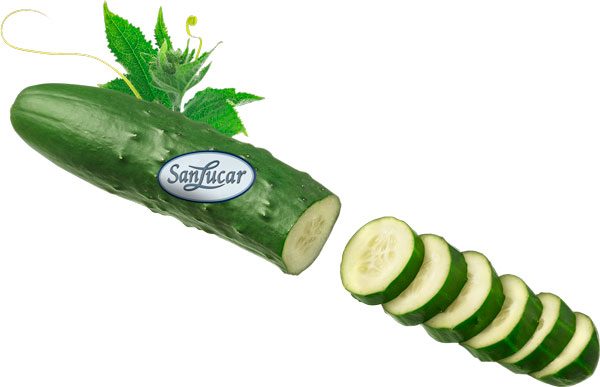After the general introduction in the last post, we now come to the characteristics of individual groups of foods.

Fruit and vegetables
Fruit and vegetables are part of every meal. Both offer abundant vitamins, nutrients and fibre, are low in calories and also fill you up. During selection and preparation, the preferences of the each child should be taken into consideration. The amount is also important: fruit tastes particularly good when it is has been cut down in small pieces or pureed, e.g. a sliced apple as a snack or pureed in yoghurt or curd. Most kids like to nibble vegetables raw with a delicious dip. Even stewed or cooked vegetables, whether fresh or frozen, should regularly be on the table. Here are a few small tricks, so children will reach for more fruits and vegetables more often.

